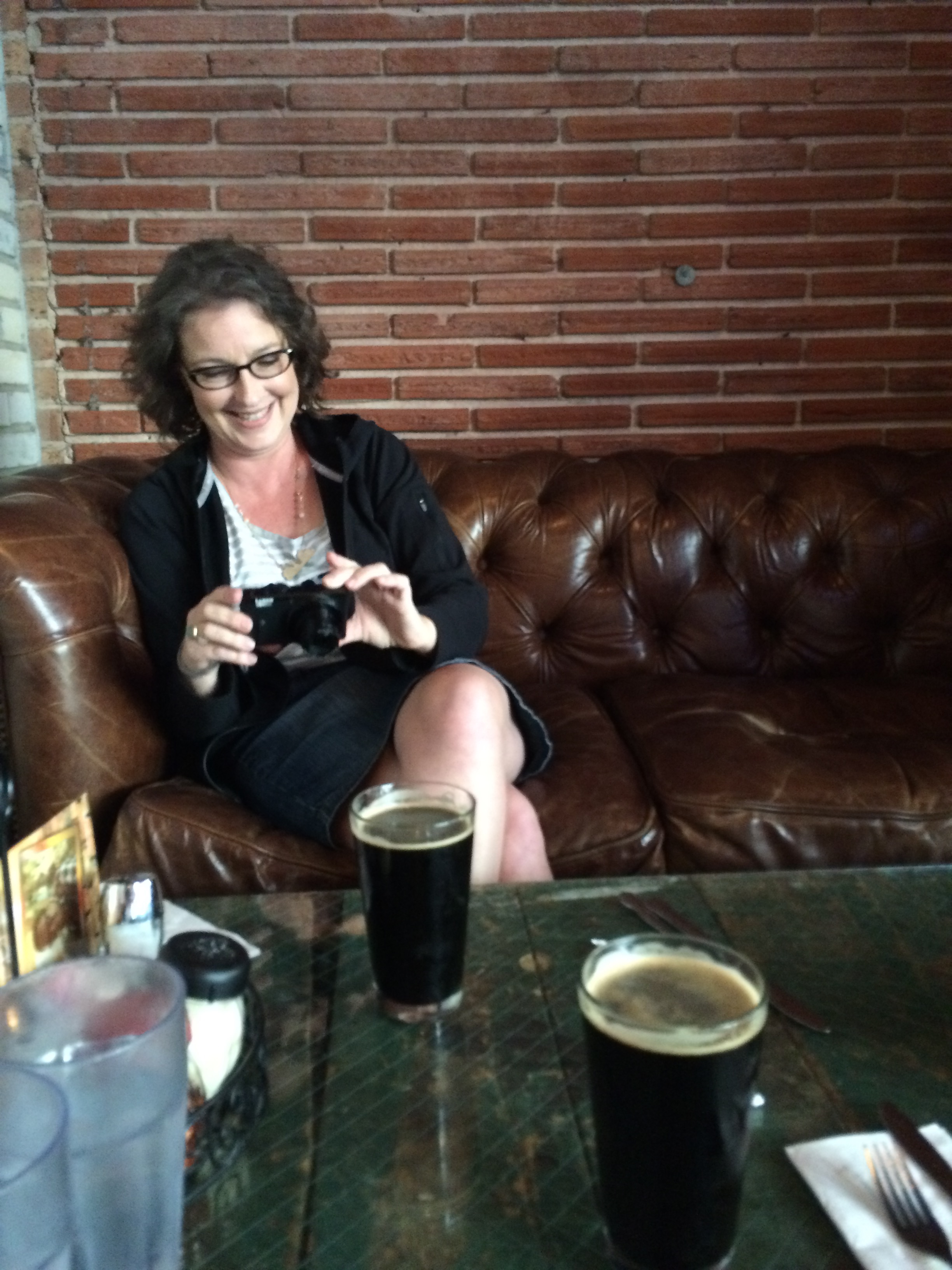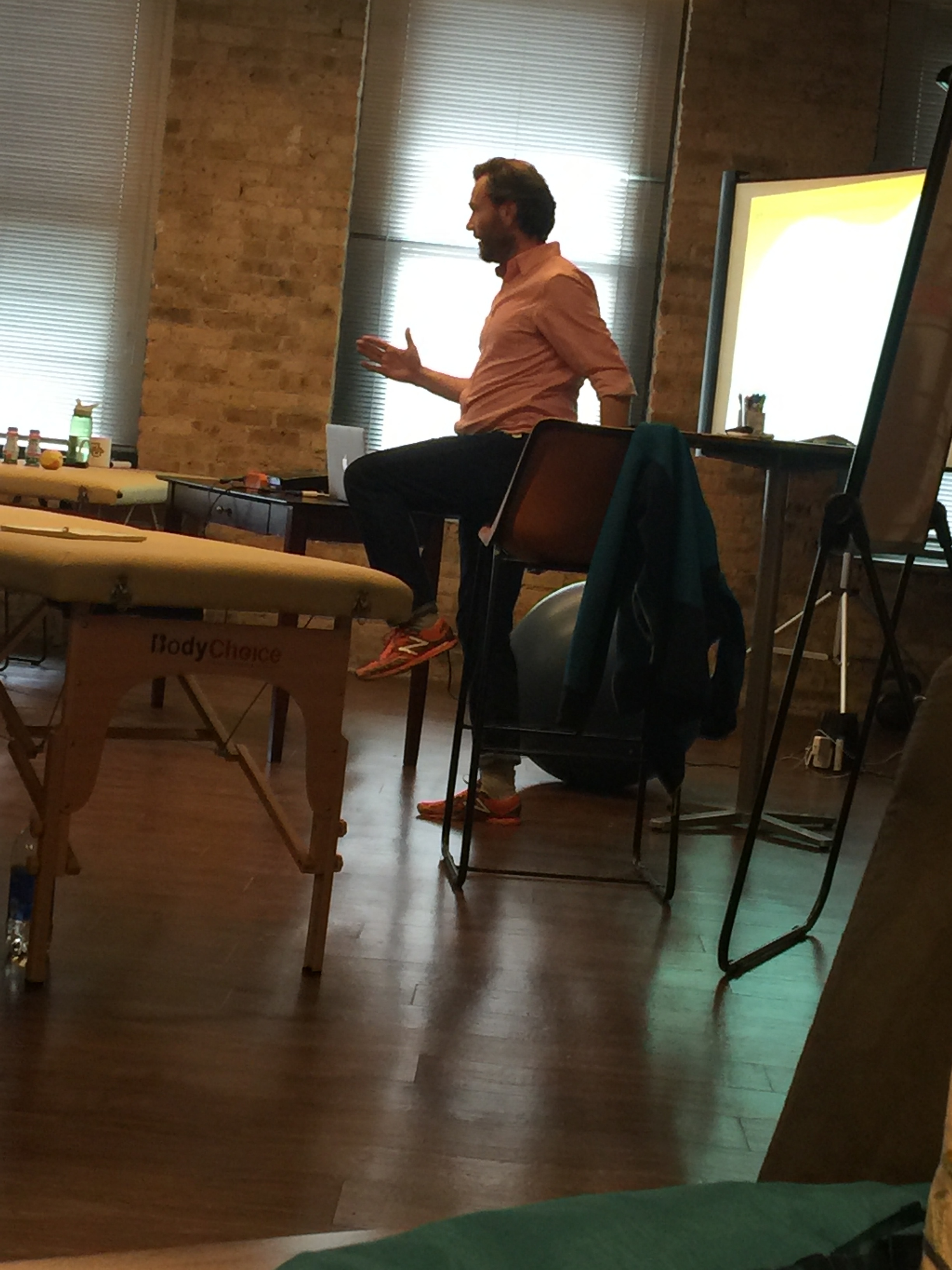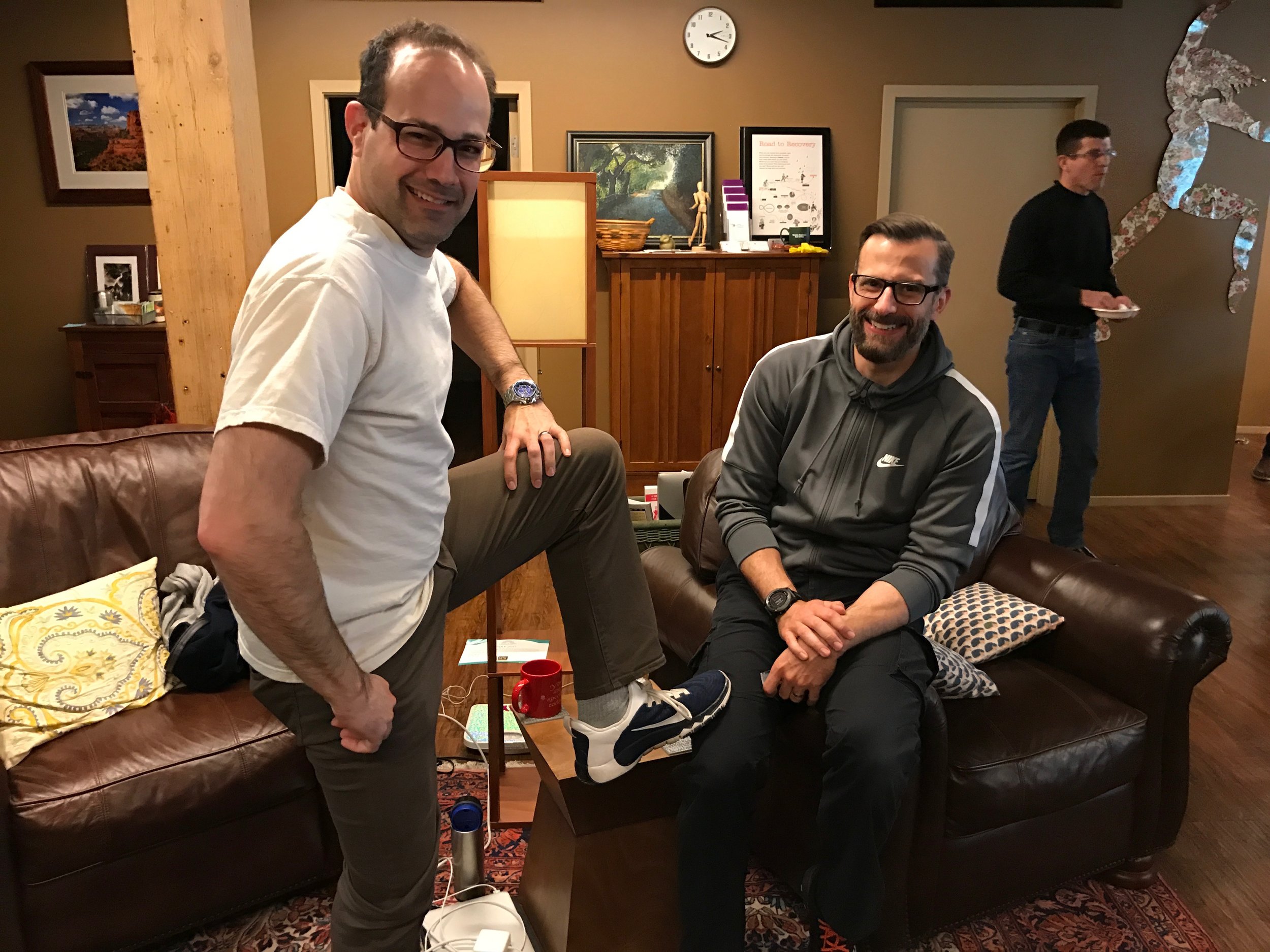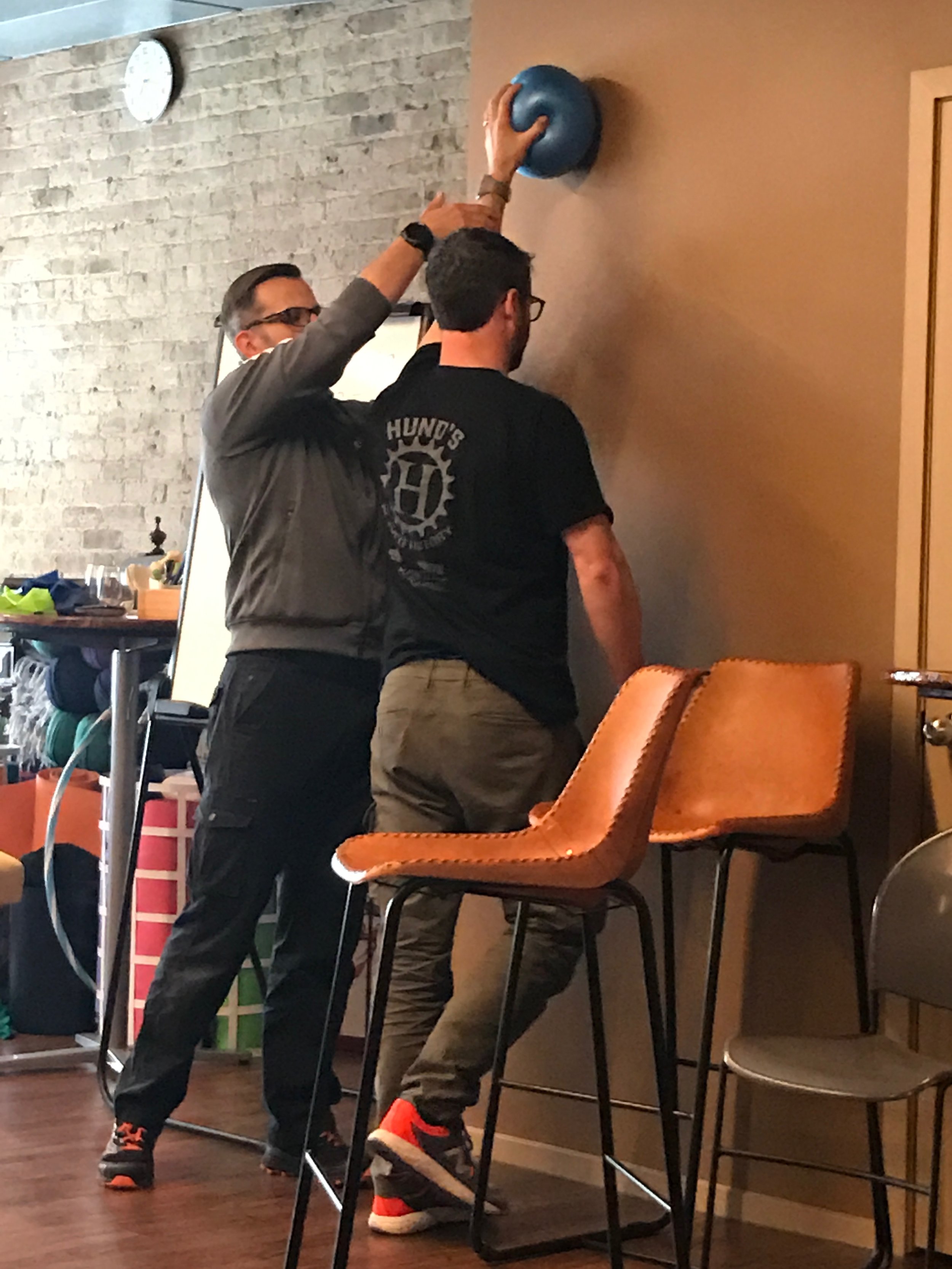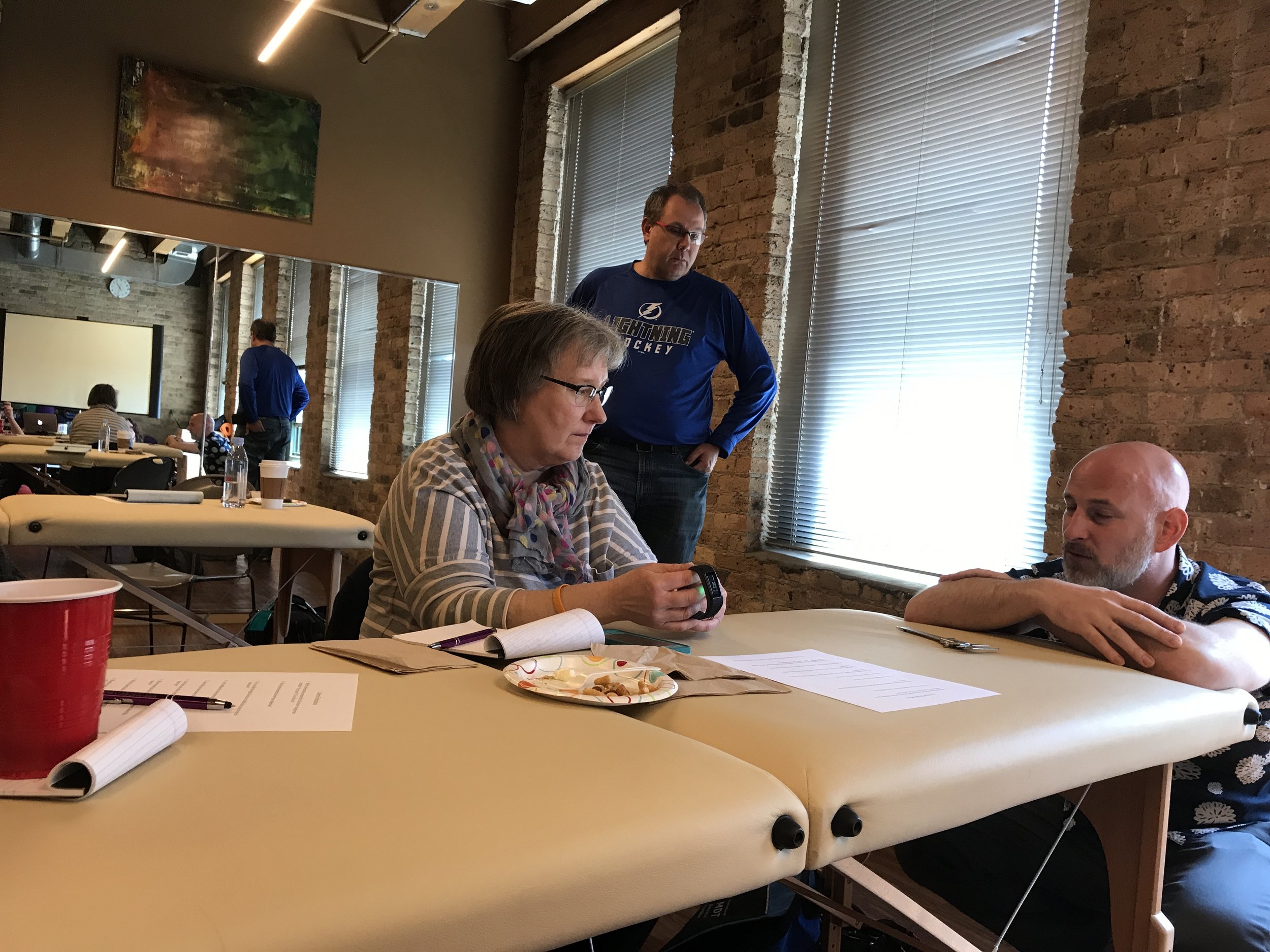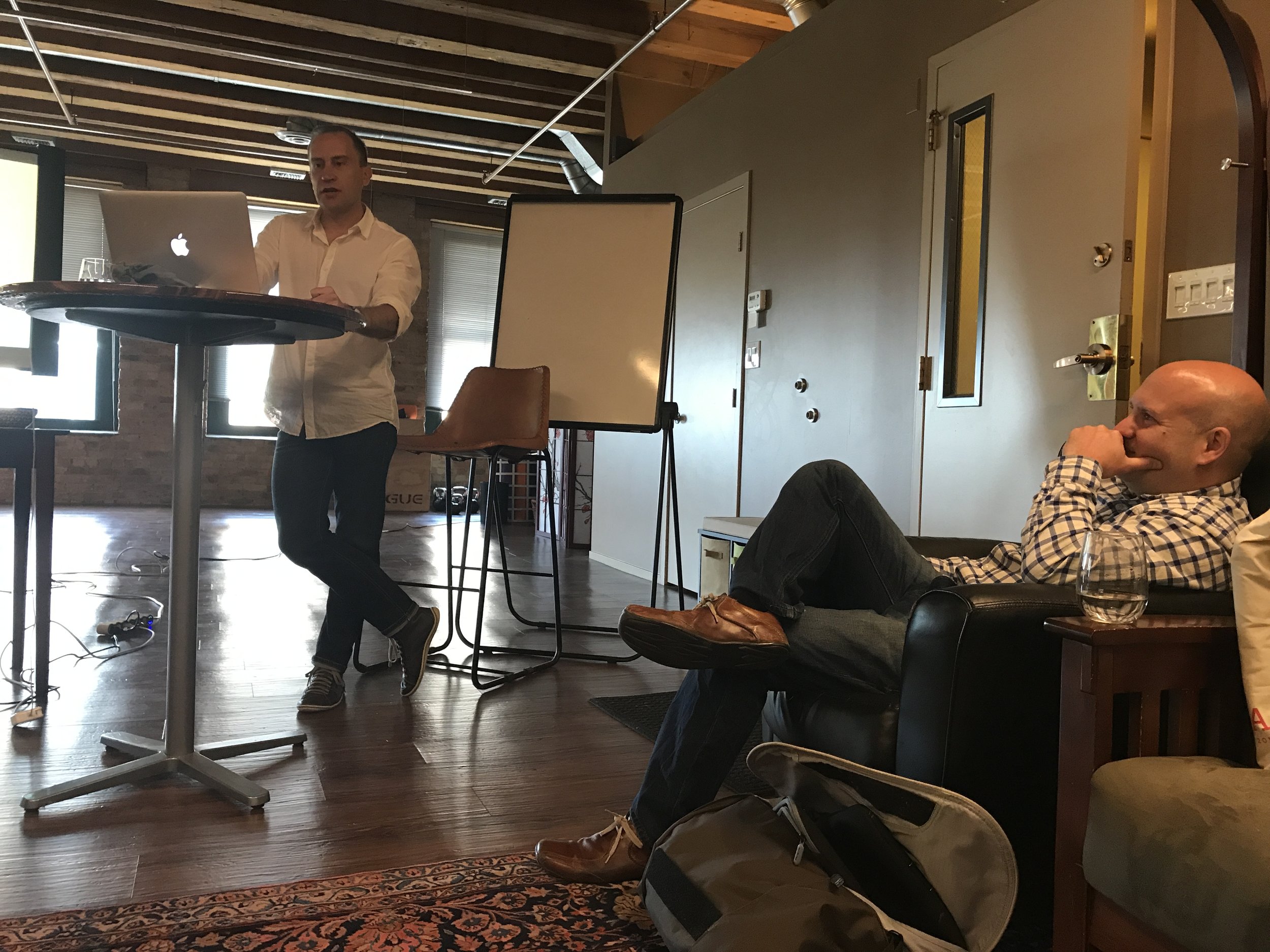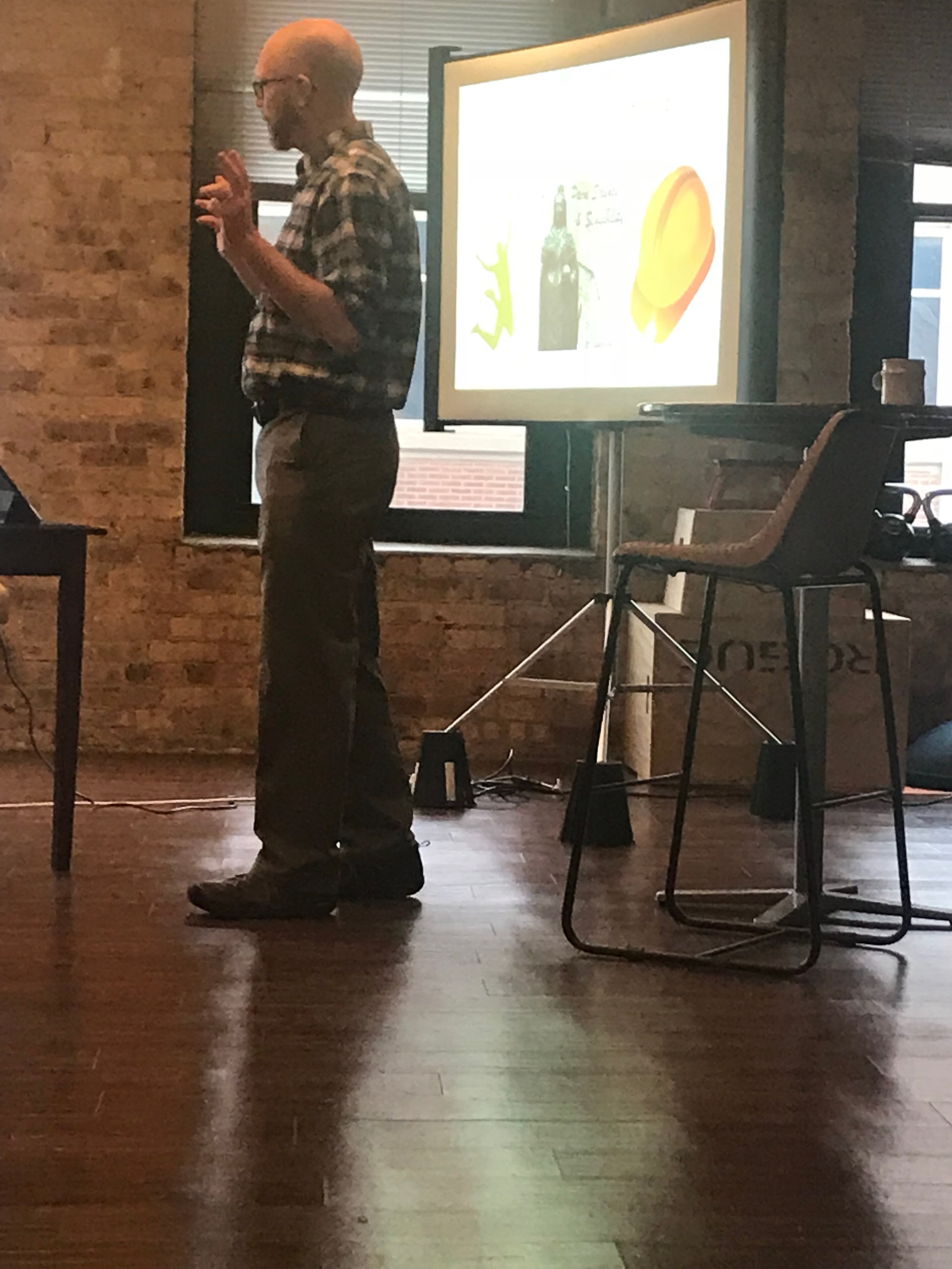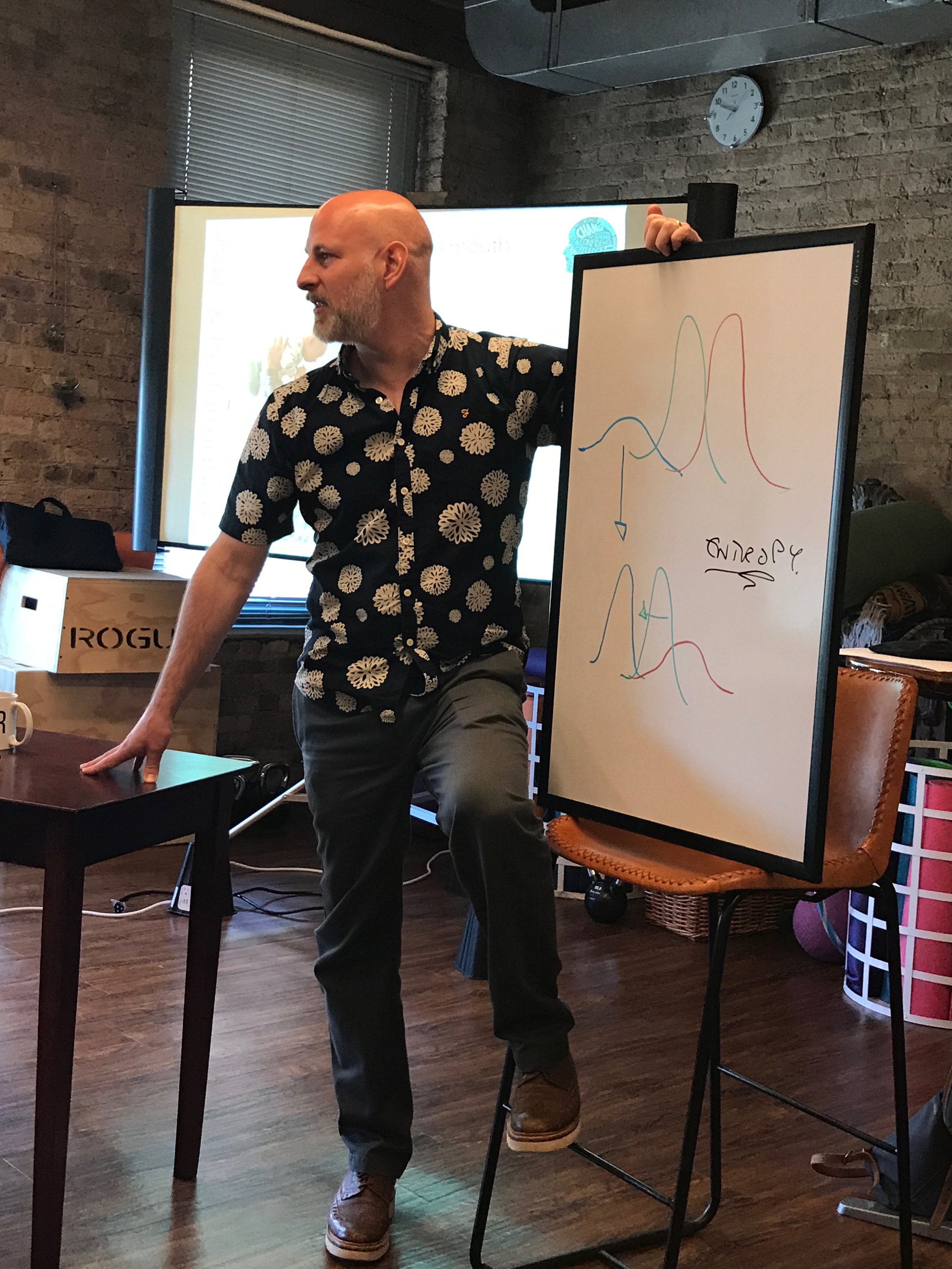The biopsychosocial model of pain and injury has been argued as superior to the traditional biomedical approach for more than two decades. However, traditional therapy typically relies on explanations and a clinical reasoning model that is predominantly biomechanics based. Significant research in the pain neurosciences and biomechanics field often appears to undermine the reasoning and justifications for many of the therapeutic approaches and techniques of the physical therapy profession. By addressing the both the weaknesses and strengths of the biomechanical approach we can see that treatment can be much simpler, congruent with the cognitive, neuroscience approach and best evidenced based practice.
This course teaches the therapist how to teach patients about pain science in a treatment framework that still utilizes specific/corrective exercise and manual therapy. Therapists are taught a model of treatment that simplifies the assessment process and the treatment. Special topics include therapeutic neuroscience education, cognition target therapeutic explanations, determining when biomechanics matters, assessment and exercise prescription, up to date Tendinopathy rehabilitation protocols, a reconceptualization of manual and exercise therapy that is symptom modification based rather than biomechanically driven.
This course has been approved for 14 CE hours by the Illinois Physical Therapy Association Approval 647-6251
This course content is not intended for use by participants outside the scope of their license or regultion


